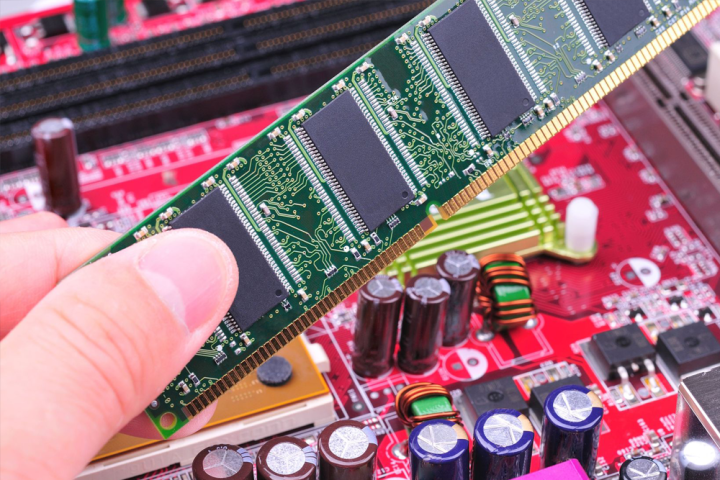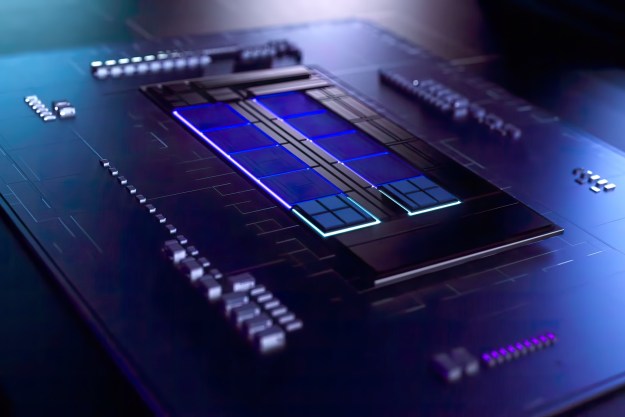
DDR5 is expected to be twice as fast as DDR4, and far more efficient in terms of power consumption, according to a report from PC World. It’s also set to offer twice the density of its predecessor, with typical DDR5 DIMMs offering two times the capacity in terms of gigabytes compared to a DDR4 DIMM.
Putting standards like this in place is a long process that typically precedes hardware being made available by a number of years. Manufacturers of other computer components will need to build in support for DDR5 RAM, and that can only take place once the specifications are made public.
We’re still a ways off seeing DDR5 RAM being sold at retail, but the work that’s being done now should ensure that the transition from DDR4 to DDR5 is as smooth as possible. The fact that DDR5 is coming to fruition at all is a surprise to some analysts, as many predicted that its lineage would end at DDR4.
Various organizations are currently working on compelling alternatives to DDR DRAM. Intel is preparing to make its Optane memory available to consumers, while the likes of HBM2 and GDDR5X have already been used to great effect in graphics processors.
Even JEDEC is keeping an open mind when it comes to the memory technology of tomorrow. The group also announced that it’s developing specifications for a new form of persistent memory dubbed NVDIMM-P, which combines non-volatile flash storage with volatile DRAM.
Editors' Recommendations
- Does RAM speed matter for PC performance?
- If you’re still gaming on 16GB of RAM, you’re missing out
- What is RAM? Here’s everything you need to know
- What is AMD EXPO and should my DDR5 have it?
- The end of DDR4 hurts, but it’s ultimately a good thing


